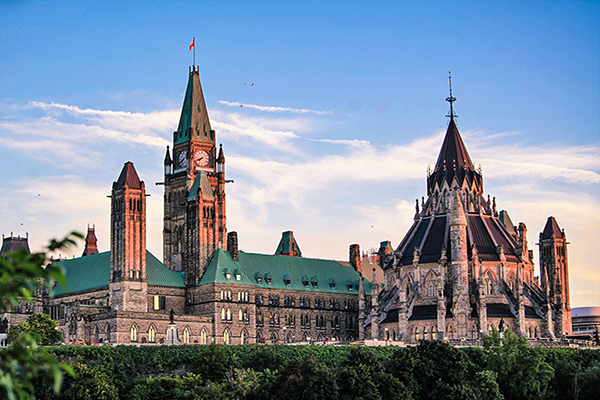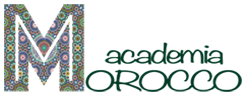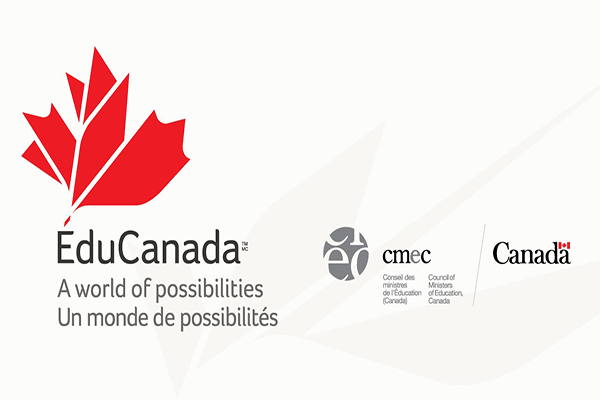Study abroad in Canada
Overview
What are the variant names for “Canada”?
Canada,![]()
What is the geographical location of Canada?
Canada is located in North America.
What is the surface area?
[9,984,670 km2] [3,855,000 mi2] is the surface area.
What is the population?
[35.16 million] is the population (2013 census).
What is the capital?
Ottawa is the capital.

What is the nature of the political regime?
Canada is a parliamentary democracy and constitutional monarchy.
Who is the Chief of State?
Queen Elizabeth II is the Chief of State.
Who is the Head of Government?
Prime minister Justin Trudeau is the Head of Government
What is the official language?
English and French are the two official languages.
What is the currency?
Canadian dollar is the currency.
Higher Education
What is the supervising body?
There is no such thing as minister of education at the federal level: each province has the responsibility of running all levels of education.
The higher education system in Quebec is supervised by the Ministry of Education and Learning responsible for the planning, coordination and governance of higher education institutions.
The Council of Education Ministers (Canada) [CMEC] has a purely consultative role.
What is the system of Education?
Canada follows the 3-tier system of Higher Education (Bachelor’s, Master’s, Doctorate) founded on teaching and research.
What is the number of higher education institutions?
Higher Education in Canada is made up of public and private institutions. Public Universities fall into two categories: “open-access” and “limited-access” institutions.
[…] is the number of higher education institutions in (…).
[96] is the number of public universities (2020)
[…] is the number of private universities.
What is the number of students?
[1.4 M] students are enrolled in Canadian Higher Education institutions for the (2018-2019) academic year.
What is the number of international students?
[…] international students are enrolled in Canadian Higher Education institutions for the (…) academic year.
What is the number of academics?
[…] is the number of academics teaching and doing research in the various public and private Higher Education institutions during the academic year (2012-2013).
What is the student/teacher ratio?
[…] to […] is the average student/teacher ratio.
What are the degrees awarded?
Higher education institutions in Canada offer programs leading to a Bachelor’s degree (… years) , a Master’s degree (… years) and a Doctorate/PhD degree (… years).
What are the admission requirements?
On completion of the secondary school program, students can pursue their studies in one of the higher education institutions. They may, however, be required to have high higher secondary certificate grades and take an entrance exam to attend some higher education schools/institutes.
What is the amount of Fees?
Studies in public higher education institutions are free. In the private sector, studies are paid and scholarship fees vary from one institution to another.
How is the academic year organized?
Higher education institutions follow a semester system which divides the academic year into two terms of equal length. Each institution decides upon its own academic calendar; however, academic year generally starts in September and ends in June. There are winter and summer breaks. Summer school is also available at some universities.
How is assessment & Evaluation carried out?
Student evaluation is carried out through coursework, exams, presentations, reports and end-of-term projects. Each institution sets its own standards for student achievement.
What is the Grading and reporting method in use?
Various grading and reporting methods are used . Each higher education institution may use one or many grading standards.
Videos

Student Story – Malak El Allaki – October 8, 2014

Moroccan Students at Ottawa University – Feb 8, 2013

